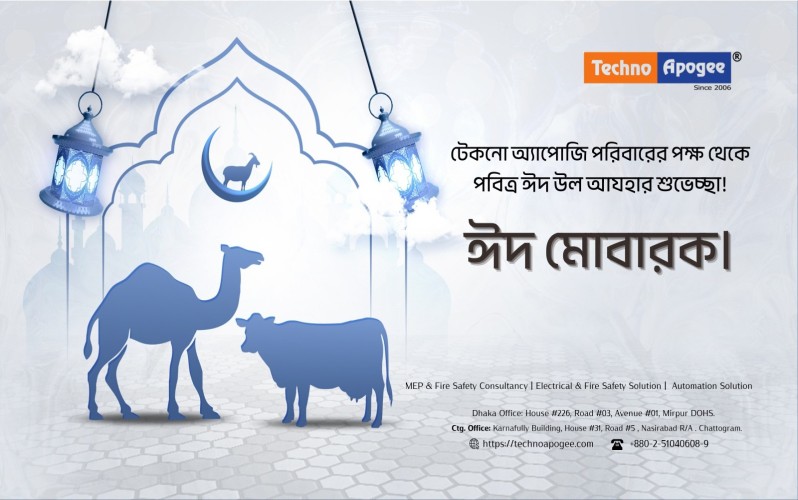Eid al-Adha: A Celebration of Sacrifice, Faith, and Community
Eid al-Adha: A Celebration of Sacrifice, Faith, and Community
Eid al-Adha, often referred to as the "Festival of Sacrifice," is one of the most significant holidays in the Islamic calendar. Celebrated by Muslims worldwide, it commemorates the unwavering faith and devotion of Prophet Ibrahim (Abraham) and his willingness to sacrifice his son Ismail (Ishmael) in obedience to God's command. This profound act of submission is central to the spirit of Eid al-Adha
The Story Behind the Celebration
The essence of Eid al-Adha lies in the biblical and Quranic narrative of Prophet Ibrahim. In a divine test, God commanded Ibrahim to sacrifice his beloved son. As Ibrahim prepared to fulfill this arduous command, God intervened, providing a ram to be sacrificed instead. This event symbolizes the triumph of faith over personal desire and the boundless mercy of God. For Muslims, it's a powerful reminder of the importance of absolute trust and submission to the divine will.
When is Eid al-Adha Celebrated?
Eid al-Adha falls on the 10th day of Dhu al-Hijjah, the twelfth and final month of the Islamic lunar calendar. The date varies each year on the Gregorian calendar due to the difference between lunar and solar calendars. It also coincides with the completion of the annual Hajj pilgrimage to Mecca, Saudi Arabia, a spiritual journey undertaken by millions of Muslims.
Key Traditions and Practices
The celebrations of Eid al-Adha typically last for four days and are marked by a range of cherished traditions:
- Eid Prayers: The day begins with special congregational prayers held in mosques or open prayer grounds.
These prayers are a vital part of the celebration, fostering a sense of unity and spiritual connection. - Sacrifice (Qurbani): A central ritual of Eid al-Adha is the Qurbani, or the sacrifice of an animal (typically a sheep, goat, cow, or camel).
The meat from this sacrifice is traditionally divided into three parts: one-third for the family, one-third for relatives and friends, and one-third for the poor and needy. This act emphasizes charity, sharing, and ensuring that no one is left out of the joyous occasion. - Feasting and Family Gatherings: After prayers and the sacrifice, families come together to share elaborate meals, often featuring dishes prepared from the sacrificed meat.
It's a time for joyous reunions, exchanging gifts, and strengthening family bonds. - Giving to Charity: Beyond the distribution of meat, Muslims are encouraged to give generously to charity (Sadaqah) during Eid al-Adha, helping those less fortunate to partake in the festivities.
- Visiting Loved Ones: People visit friends, relatives, and neighbors, extending greetings of "Eid Mubarak" (Blessed Eid) and spreading goodwill.
- New Clothes and Decorations: Many people wear new clothes and adorn their homes, adding to the festive atmosphere.
The Universal Message of Eid al-Adha
Beyond the rituals and traditions, Eid al-Adha carries a universal message of compassion, generosity, and community spirit. It reminds us of the importance of selflessness, sharing our blessings with others, and fostering stronger ties within our communities.





